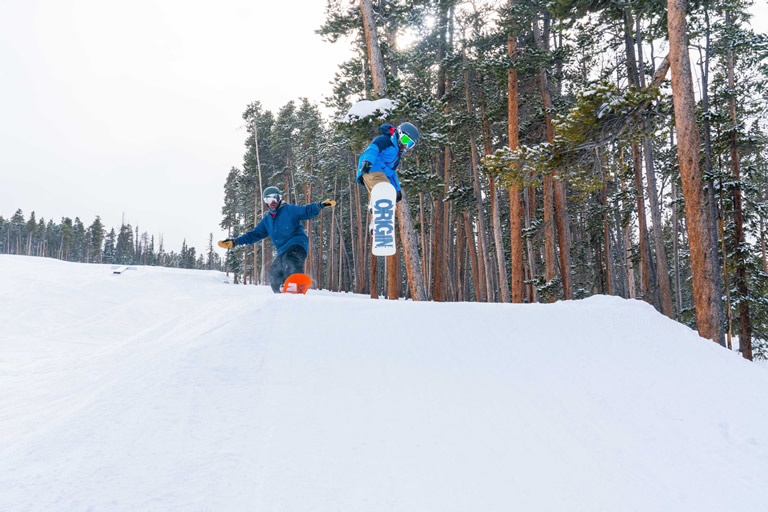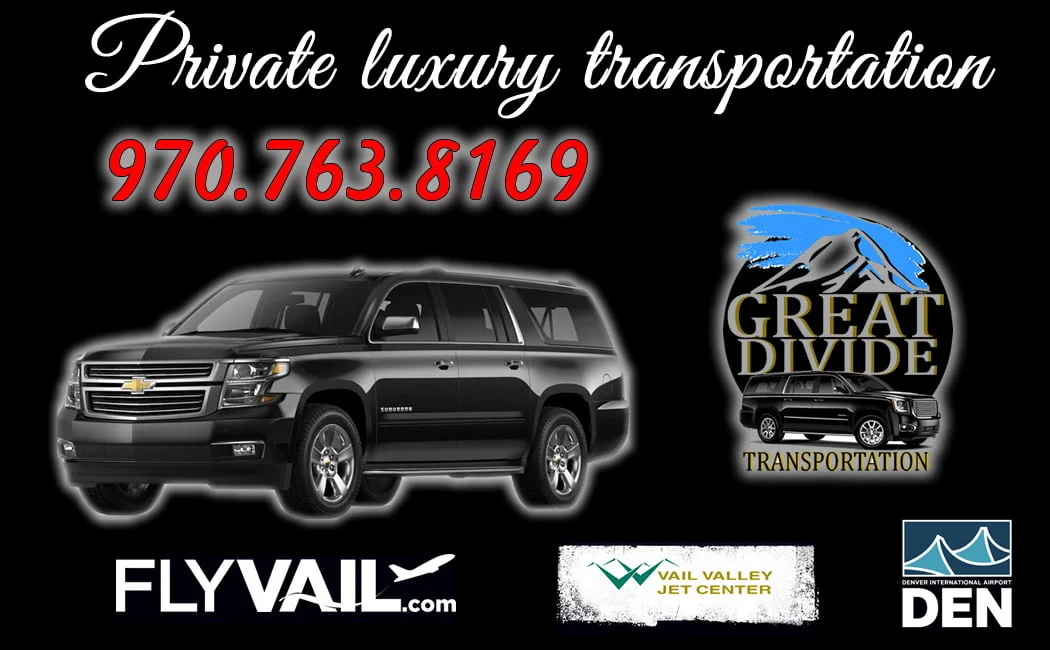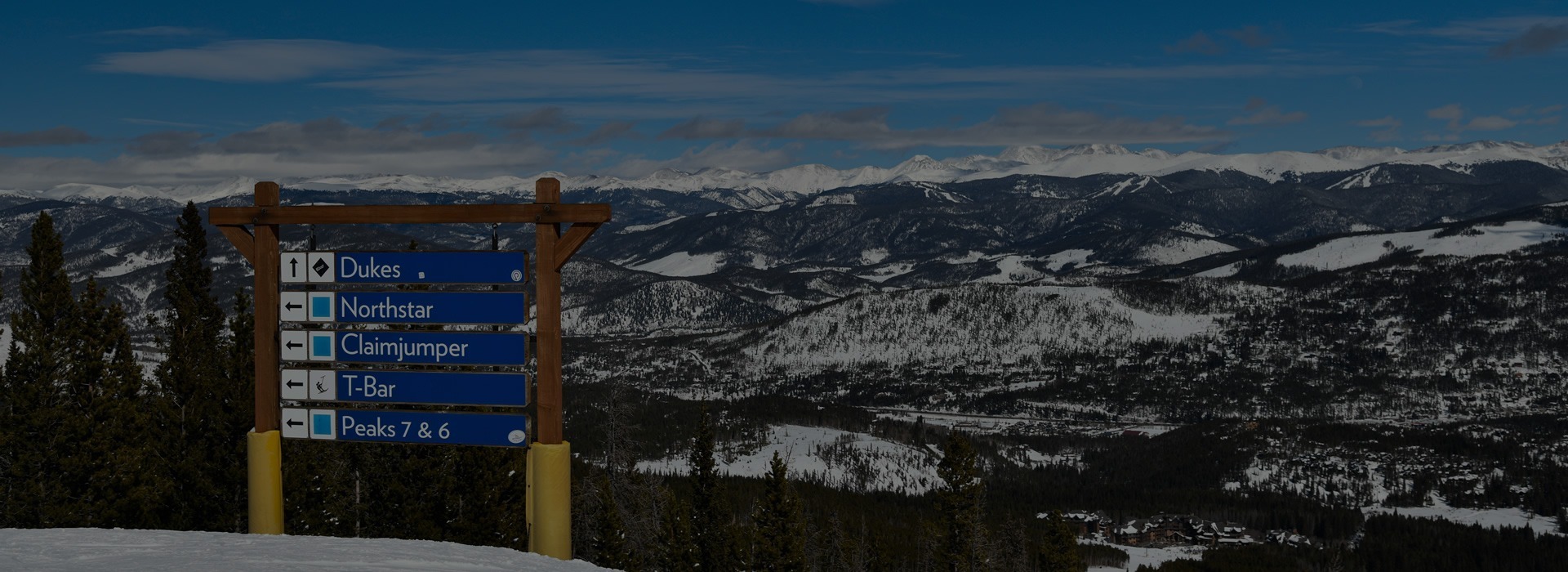
Colorado’s Terrain Park Paradise: A Deep-Dive into Epic Park Riding in the Rockies
There’s something magnetic about hitting the terrain parks of Colorado. From perfectly shaped jumps to creative rails and flow zones that feel more skatepark than mountain, the Centennial State has become a playground for park enthusiasts. In this article, we’ll talk in a conversational tone about how to experience terrain-park riding in Colorado at the highest level — where to go, what features to seek, how to prepare, and why it’s more than just tricks for Instagram.
We’re diving into the full picture, giving you actionable advice, insider context and rich detail that Google—and serious readers—will appreciate.
Why Colorado stands out for terrain-park riding
Colorado isn’t just about deep powder and steep chutes. Over the past decade, terrain parks here have gone next level. Resorts are investing in features, progression parks, dedicated zones for park riders and snowboarders who live for big air and creative lines.
For example, Copper Mountain Resort partnered with Woodward (yes, the same company behind action-sports camps) to create specialized terrain zones such as “Red’s Backyard” and “Peace Park” for riders to express themselves.
This evolution means that park-riding in Colorado isn’t the side show—it’s a major part of the mountain experience.
Top zones & features you can’t miss
Here are the kinds of terrain-park features that set Colorado apart — and how to pick them:
Progression parks
These are perfect for riders who are moving from small boxes and rails to bigger features. The idea: start safe, get confident. At places like Copper, you’ll find “Start Parks” or family-friendly zones for this exact purpose.
Look for: gentle rollers, mellow jumps, smaller rails, supervised zones.
Signature jump lines & big air zones
If you’re chasing airtime, grab a park with dedicated jump lines, halfpipes or superpipes. These take skill — they’re built for intermediate-advanced riders.
Example: Some parks incorporate big hit zones inspired by Olympic riders.
Look for: groomed approach, consistently shaped jumps, safe landings, plenty of run-out.
Rail gardens & creative features
Rails, boxes, urban-style features set into snowy terrain are thriving. These let you express style, experiment, switch ride, tweak your method.
Look for: park maps listing “urban features,” rails of varying difficulty, dedicated jib zones.
Flow terrain parks
These are built for the feel-good ride — banks, rollers, wave runs, jumps integrated into natural terrain. They allow you to link features fluidly, not just stop at one jump.
Look for: “Flow Park”, “Family Cross”, or “Terrain Park Lite” in the resort’s park map.
Best Colorado resorts for terrain-park riders
Exploring terrain parks effectively means choosing the right resort. Here are a few stand-outs:
- Copper Mountain Resort (Copper, CO) — Partnered with Woodward. Great progression zones + signature features.
- Breckenridge Ski Resort (Breckenridge, CO) — Large park infrastructure, solid terrain park culture.
- Winter Park Resort (Winter Park, CO) — Known for its terrain parks, superpipe, and broad offerings for park and freestyle riders.
These resorts have made terrain-parks central to their offering—credentials matter. (See further reading)
How to prepare for terrain-park riding like a pro
If you’re going to maximize your terrain-park time, here’s your checklist (yes, at length):
1. Check your level, gear & physical readiness
- Park riding demands different energy: more pop, more balance, more recovery. Make sure your fitness is up for it.
- Have the right board (or skis), bindings and boots tuned for park features — responsive, stable, but also forgiving for landings.
- Use protective gear: helmet required, and consider back-protector or padded shorts if you’ll hit big jumps.
2. Scout the park map & feature list ahead of time
- Study the resort’s park map online: which lifts serve terrain parks, what zones exist for progression vs expert.
- Know grading of features: some parks tag rails/boxes as beginner/intermediate/advanced. Match accordingly.
- Arrive earlier in the day when the park is fresh — after grooming, fewer skiers/riders ahead of you.
3. Warm up and progress consciously
- Start on easier features: mellow rails, small jumps, flow lines. Warm your body and your brain.
- Observe other riders: watch how they hit the feature, where they land, how fast they approach.
- Gradually scale up: bigger jumps, more complex combos, switch rail approaches. Don’t rush.
- Know your limits: if you feel fatigue, nausea, or your movements cease to feel crisp — take a break.
4. Respect park etiquette
- Wait your turn at the top of features; ensure each rider ahead has exited landing area.
- Don’t cut in line or hog features — flow parks especially rely on good traffic patterns.
- Spot the landing zone before you go: ensure it’s clear of people, gear or obstruction.
- Use proper speed and approach: too slow or too fast can equal disaster.
- Crash safely: if you bail, cover your head, stay inside your board, spiral out of the run-out.
5. After-ride care & recovery
- Stretch key muscles: hips, calves, glutes — essential after heavy pedaling and jumps.
- Hydrate, bring a snack — energy output is high.
- Review your riding: maybe record a run, see how your contact point with the feature was, where you landed, how you exited. Improvement comes quicker when you self-review.
- Get a massage or schedule active recovery if you’ll ride multiple days.
Why terrain parks are more than just fun & tricks — the bigger picture
Here’s where we enrich the article: terrain-park riding has cultural, community and developmental aspects beyond “doing flips.”
- Progression & skill growth: Parks offer a structured ladder: small features → big features → competitions or self-expression. A lot of riders grow fundamentally here.
- Community & creativity: Rail jams, park gatherings, photo/video culture — terrain parks become hubs for the urban-skate ethos within nature’s context.
- Economic impact: For resorts, terrain parks attract younger riders, freestyle athletes and social-media-driven audiences, revitalizing winter business.
- Safety & control: Compared to uncontrolled back-country features, parks offer engineered settings: consistent landings, groomed approaches. That means you can push without sky-high risk (still risks exist!).
- Cross-discipline value: Skiers benefit too. Many parks are dual-ski/snowboard. Learning jibbing, jumps or rails enhances agility, balance, edge control for all winter riders.
Insider tips for maximizing your terrain-park experience
Here’s where you gain that extra edge (no pun intended):
- Pick lift access wisely: Choose a resort where the terrain park is reachable by a lift you’re comfortable with. Avoid having to hike too far with all your gear.
- Check for “park happy hour”: Some resorts open a dedicated park lift line or session later in the day with fewer riders and more features.
- Look for demo days: Many resorts host equipment demos—new boards, bindings, boots optimized for park riding. Trying before buying is smart.
- Film your runs: Bring a helmet-cam or small camera and review your landings and take-offs. You’ll learn faster.
- Join a park clinic or lesson: Yes, it’s worth it. Many resorts offer freestyle clinics focusing on terrain-park skills — for both boards and skis.
- Mind the snow & weather: Park features are sensitive to conditions. If it’s icy or slushy, features may be closed or dangerous. Pick days with fresh snow or groomed surfaces.
- Stay alert for park rebuilds: After big storms or high traffic days, jump landings and rails may shift. Every morning inspect the feature before hitting it full speed.
Common mistakes terrain-park riders make — and how to avoid them
- Rushing too fast into advanced features: Skipping progression steps often leads to injury. Solution: stick to your lane, move up deliberately.
- Ignoring conditions & feature status: A closed jump is closed for a reason. Solution: always check park bulletins or terrain-park attendants.
- Lack of warm-up: Your body isn’t ready for high-impact landings. Solution: warm up outside park first—easy groomers, dynamic stretches.
- Bad line selection / poor timing: Not seeing the landing zone or entering at inconsistent speed. Solution: observe others, walk the feature if necessary, film first.
- Poor recovery and fatigue management: By afternoon you’re drained, technique drops, risk increases. Solution: plan for rest, stay hydrated, know when to stop.
Why Colorado needs to be on your radar
Whether you’re a seasoned park-rat or a skier/boarder looking to expand your skill set, Colorado’s terrain parks deliver something special: diversity of features, progressive design, high-caliber resorts and culture that embraces freestyle.
But it’s not just about sending big — it’s about smart riding, growth, and fun. When you go in with intention, you’ll leave not only with a session worth remembering, but with new tricks in your bag, new friends on the lift, and a deeper love for the mountain.
If you’re planning your next trip, make the park a priority. Invest the time in preparation, pick the right resort, know your progression path — and you’ll ride confident. Because when you step into a park forged for progression and style in Colorado, you’re not just part of the legion of riders — you’re part of the evolution of the sport.
FAQ — Terrain Park Riding in Colorado
Q: Do I need special gear for terrain parks?
A: Yes — while your regular board or skis will work, gear optimized for park (softer flex, twin tips, comfortable boots, etc.) will improve performance and safety.
Q: Can beginner riders go to terrain parks in Colorado?
A: Absolutely — many resorts offer progression parks or start zones designed for beginners. Just ensure you pick the right zone and work your way up.
Q: How can I improve my rail/box technique?
A: Film your runs, focus on consistent approach speed, maintain balance over the feature, and exit cleanly. Consider a dedicated clinic or coach session for rapid growth.
Q: Are terrain parks safe?
A: They are safer than uncontrolled freestyle terrain, but there’s still risk. Features are constructed with safety in mind, but rider behaviour & preparation are key to staying safe.
Q: What time of season is best for park riding in Colorado?
A: Typically late winter to early spring offers optimal snow conditions for jumps and features (consistency, groom, good landings). Early season may suffer from inconsistent snow.
Vail Transportation – Luxury Airport Transfers to Colorado’s Top Resorts
Experience Effortless Travel Across the Rockies
Traveling to Colorado’s legendary ski destinations should feel as inspiring as the mountains themselves. At Vail Transportation, we make every mile seamless, stylish, and stress-free — whether you’re headed to Vail, Beaver Creek, Breckenridge, Aspen, or any resort in the Rockies.
From Eagle County Regional Airport (EGE) and Denver International Airport (DIA) to private terminals across the state, we specialize in door-to-door luxury transfers that blend comfort, precision, and class.
Our fleet includes 2022 or newer full-size GM SUVs and Mercedes-Benz Sprinter vans, all equipped with premium interiors, snow tires, and top-tier safety features. Every vehicle is garage-kept and meticulously maintained, ensuring reliability no matter the weather.
Professional Chauffeurs. Unmatched Service.
Our team of professional, federally background-checked chauffeurs knows Colorado’s mountain roads inside and out. More than just drivers, they’re hospitality experts — assisting with your luggage, monitoring flight arrivals, and ensuring your ride is as smooth as possible.
Whether you’re arriving for a business trip or a mountain getaway, you’ll be greeted with punctuality, courtesy, and the level of service that defines Great Divide Transportation.
Where Luxury Meets Convenience
Sit back in plush leather seats, enjoy the quiet comfort of our modern vehicles, and take in the panoramic views of Colorado’s breathtaking landscapes. Every ride is personalized — whether you’re heading from DIA to Breckenridge, EGE to Vail, or Empire to Aspen.
We go beyond getting you from point A to point B — our mission is to elevate your travel experience. From start to finish, we ensure your journey is effortless, elegant, and on time.
Why Travelers Choose Us
- 🚘 Luxury Fleet: 2022+ GM SUVs and Mercedes-Benz Sprinters
- ❄️ Winter-Ready: Snow tires and advanced safety technology
- ⏱ On-Time Guarantee: Always punctual, always prepared
- 🧳 Full Assistance: Luggage handling and door-to-door service
- 🏔 Local Expertise: Colorado-based team that knows every mountain road
Located right between Denver International Airport and Colorado’s top resorts — at the intersection of I-70 and HWY 40 in Empire, CO — we’re perfectly positioned to get you anywhere in the Rockies quickly and comfortably.
Your Ride, Elevated
At Vail Transportation, we believe every journey should be as memorable as the destination. Whether you’re flying in for a corporate retreat, a ski vacation, or a special celebration, we’ll make sure you travel beautifully and arrive gracefully.
✨ Book your next ride today — and discover how effortless luxury travel across Colorado can be.


